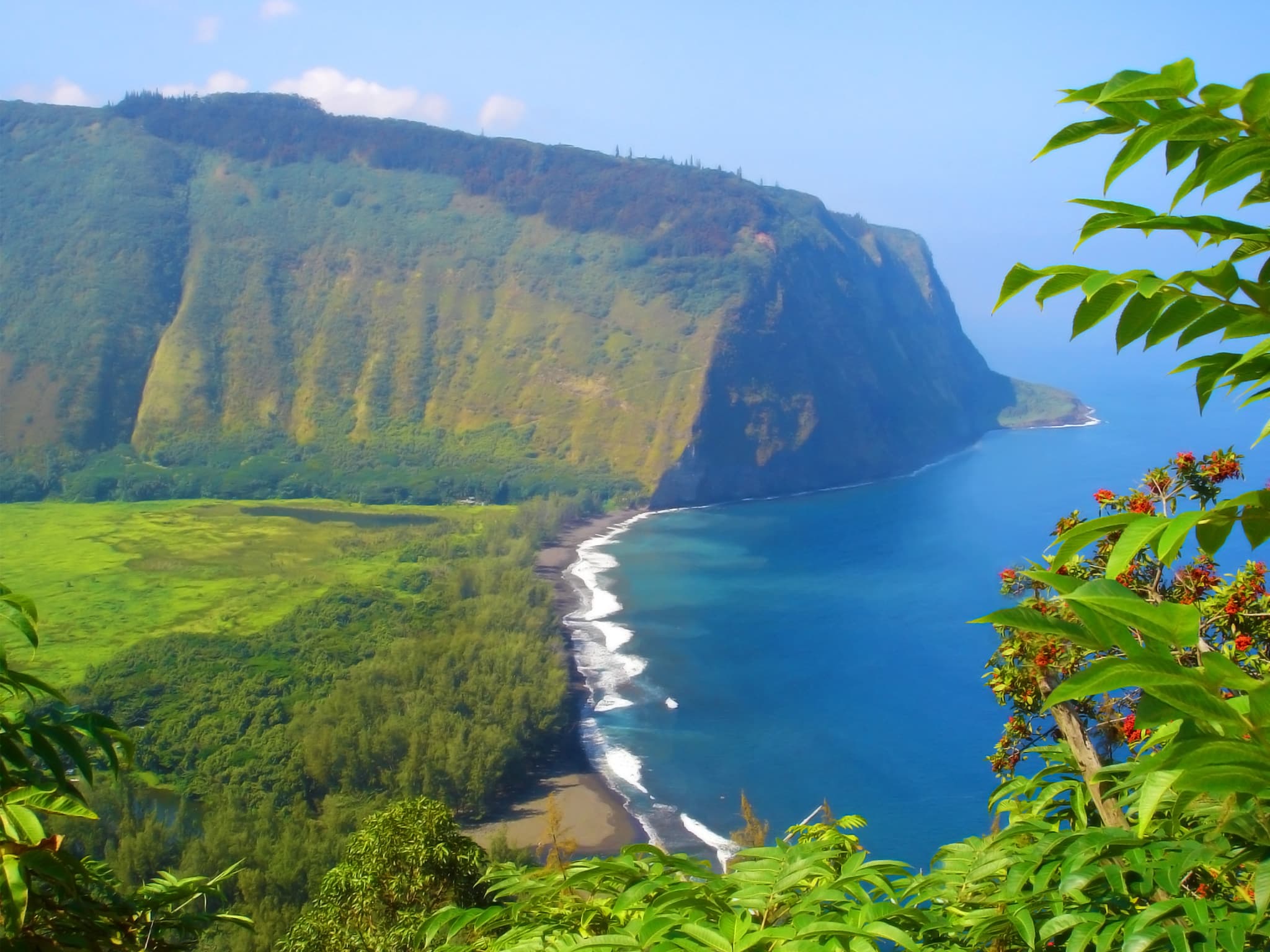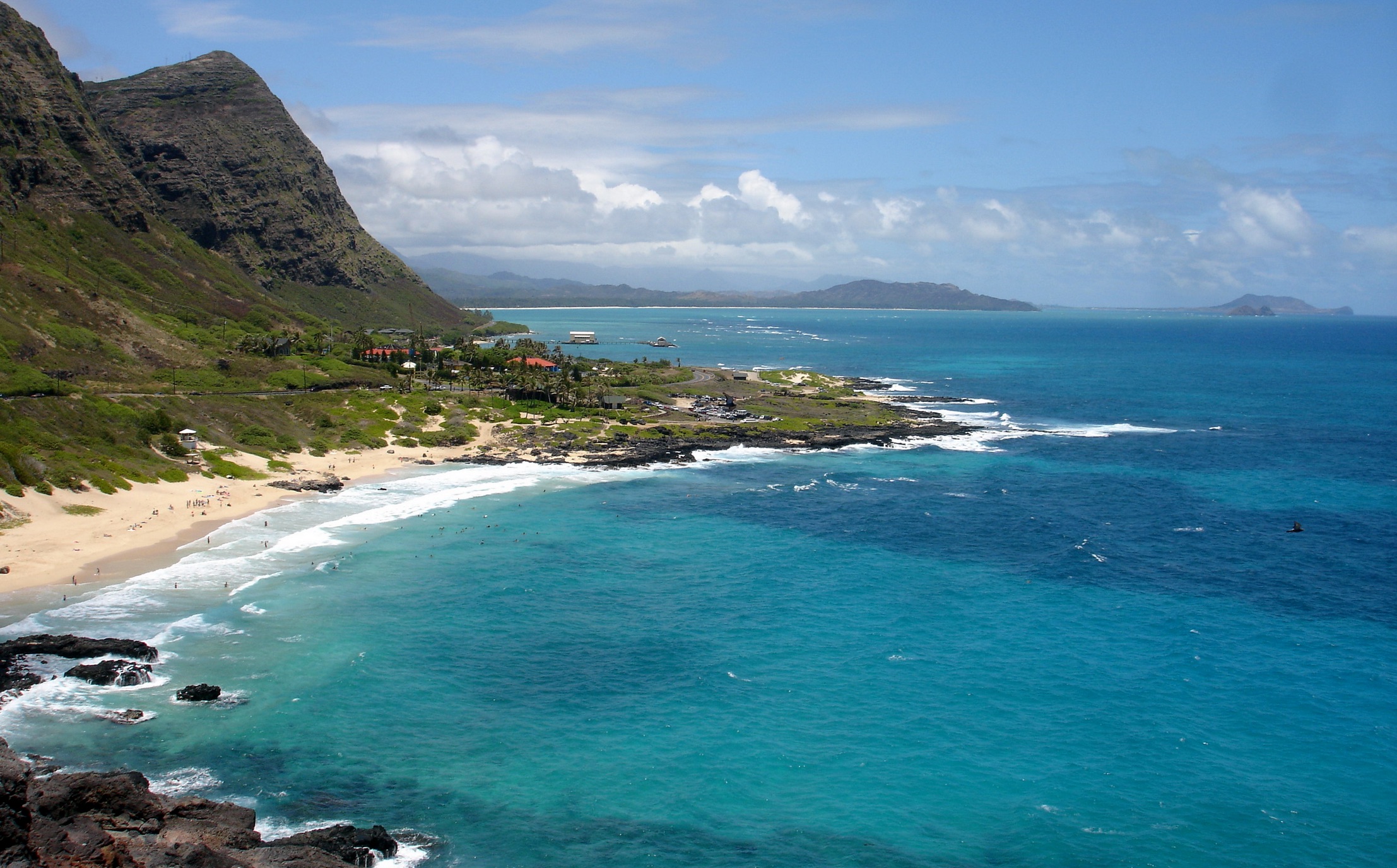Kona Coffee

Kona coffee, grown on the slopes of the Kohala and Mauna Loa volcanoes on the Big Island of Hawaii, is a world-renowned beverage with a rich history and unique flavor profile. This coffee is not merely a drink but a cultural icon deeply intertwined with the history and identity of Hawaii.
History of Kona Coffee Cultivation
Kona coffee cultivation dates back to the 1800s when Arabica coffee seeds were introduced to the region by missionaries. The fertile volcanic soil, abundant rainfall, and unique microclimates created ideal conditions for coffee growth. Local farmers, known for their dedication and expertise, embraced coffee cultivation, developing traditional methods of farming that have been passed down through generations. Kona coffee’s unique origin and the passion of its cultivators have contributed significantly to its global reputation.
Factors Contributing to Kona Coffee’s Distinctive Flavor
The distinctive flavor of Kona coffee is a result of a confluence of factors, including:
- Climate: Kona’s high-altitude, volcanic slopes receive ample rainfall and sunshine, creating a temperate climate perfect for coffee cultivation.
- Soil: The volcanic soil is rich in minerals and nutrients, providing the coffee beans with essential elements for growth and development.
- Processing Methods: Kona coffee farmers use traditional methods of processing, including hand-picking ripe cherries and sun-drying the beans, which contribute to the unique flavor profile.
The Kona Coffee Industry Today
The Kona coffee industry plays a significant role in the Hawaiian economy, generating millions of dollars in revenue annually. The industry is characterized by a focus on sustainability, with many farmers implementing practices to protect the environment and ensure the long-term viability of Kona coffee production. These practices include:
- Shade-grown coffee: Many Kona coffee farms utilize shade trees to protect the coffee plants from harsh sunlight, creating a more balanced ecosystem and reducing the need for pesticides.
- Organic farming: A growing number of Kona coffee farmers are adopting organic farming practices, minimizing the use of synthetic fertilizers and pesticides.
- Conservation efforts: Kona coffee farmers are actively involved in conservation efforts, protecting the native forests and watersheds that are essential for coffee production.
Kona Coffee Roast Profiles
The roasting process significantly impacts the flavor profile of Kona coffee. Different roasting levels result in varying degrees of bitterness, acidity, and aroma. Here is a table comparing the flavor characteristics of different Kona coffee roasts:
| Roast | Flavor Characteristics |
|---|---|
| Light Roast | Fruity, floral, bright acidity, delicate body |
| Medium Roast | Balanced, chocolate, nutty, smooth body |
| Dark Roast | Bold, smoky, bitter, full body |
Exploring the Kona Coast

The Kona Coast, on the western side of the Big Island of Hawaii, is a paradise of diverse landscapes, vibrant culture, and endless opportunities for adventure. From the rugged volcanic terrain to the lush rainforests and pristine beaches, the Kona Coast offers a unique and unforgettable experience for every traveler.
Diverse Landscapes
The Kona Coast boasts a remarkable array of landscapes shaped by volcanic activity, tropical climate, and ocean forces. The coastline is characterized by black sand beaches, formed from volcanic rock, and stretches of white sand, created from coral and shells. The volcanic terrain, a legacy of the Kilauea volcano, adds a dramatic backdrop to the coastline, with lava flows, craters, and cliffs creating a rugged and awe-inspiring landscape. Inland, lush rainforests thrive, showcasing the island’s rich biodiversity, with towering trees, vibrant flowers, and cascading waterfalls. The contrasting landscapes of the Kona Coast create a mesmerizing tapestry of natural beauty.
Popular Activities
The Kona Coast is a haven for outdoor enthusiasts, offering a wide range of activities that cater to every interest. Snorkeling and scuba diving are popular ways to explore the underwater world, teeming with colorful fish, vibrant coral reefs, and marine life. Whale watching is a captivating experience during the winter months, as humpback whales migrate to the warm Hawaiian waters to breed and give birth. Hiking trails traverse the diverse landscapes, offering breathtaking views of the coastline, volcanic peaks, and lush rainforests.
Must-Visit Attractions, Kona hawaii
The Kona Coast is home to several iconic attractions that showcase the region’s history, culture, and natural beauty.
- Kealakekua Bay: This historic bay is known for its crystal-clear waters and its significance in Hawaiian history. Captain Cook landed here in 1778, marking the first European contact with the Hawaiian Islands. Today, the bay is a popular destination for snorkeling, kayaking, and sailing.
- Pu’uhonua o Honaunau National Historical Park: This park preserves a traditional Hawaiian place of refuge, where individuals who broke the law could seek sanctuary. The park features ancient temples, petroglyphs, and a historic fishpond, offering a glimpse into the rich cultural heritage of the Hawaiian people.
- Kona Coffee Belt: This region is renowned for its world-famous Kona coffee, grown on the slopes of Mauna Loa volcano. Visitors can tour coffee farms, learn about the cultivation process, and sample the unique flavor of Kona coffee.
Kona Culture and History: Kona Hawaii

The Kona region of Hawaii is steeped in rich history and culture, offering a glimpse into the island’s captivating past. From its ancient origins as a Polynesian settlement to its role in the Hawaiian monarchy, Kona’s cultural heritage is a testament to the resilience and spirit of its people.
Polynesian Voyagers and the Origins of Kona
The history of Kona is intricately woven with the arrival of Polynesian voyagers who embarked on daring journeys across the vast Pacific Ocean. These skilled navigators, guided by the stars and the currents, settled in the Hawaiian Islands centuries ago, bringing with them their traditions, language, and knowledge. The Kona coast, with its fertile volcanic slopes and abundant resources, became a thriving center for these early settlers.
Traditional Practices and Beliefs
The native Hawaiian people of Kona hold a deep reverence for nature and its interconnectedness. Their traditional practices and beliefs are rooted in the belief that all living things are part of a larger spiritual web. This reverence is reflected in their respect for the land, the ocean, and the ancestors. Kona’s traditional practices include hula, a form of dance that tells stories and honors the gods, and lei making, a craft that symbolizes love, respect, and aloha.
Arts and Crafts in Kona
Kona is renowned for its vibrant arts and crafts scene, showcasing the creativity and talent of local artisans. The region is home to a diverse array of artists who create unique and beautiful works inspired by the natural beauty and cultural heritage of Kona. From woodcarving and weaving to jewelry making and painting, Kona’s arts and crafts offer a window into the soul of the island.
A Timeline of Significant Historical Events
- 1500s-1700s: Polynesian voyagers arrive in the Hawaiian Islands, establishing settlements in Kona.
- 1778: Captain James Cook arrives in Hawaii, marking the beginning of European contact with the islands.
- 1795: Kamehameha the Great, a powerful chief, unites the Hawaiian Islands under his rule, establishing the Kingdom of Hawaii. Kona plays a significant role in his rise to power.
- 1820s: Christian missionaries arrive in Hawaii, introducing Western culture and religion.
- 1893: The Hawaiian monarchy is overthrown, leading to the annexation of Hawaii by the United States.
- 1959: Hawaii becomes the 50th state of the United States.
Kona hawaii – Kona, Hawaii, is a paradise of volcanic landscapes, pristine beaches, and world-class coffee. If you’re planning a trip to this tropical haven, you might find yourself flying into Chicago’s O’Hare International Airport (ORD), a hub for Alaska Airlines. Navigating the Alaska Airlines terminal at ORD can be a breeze with the right information, ensuring a smooth transition from the Windy City to the Aloha State.
After all, you’ll want to be sipping Mai Tais on the beach, not battling crowds in the airport.
While Kona, Hawaii is known for its rich coffee culture and stunning sunsets, those seeking a taste of history should venture north to Kahului. Kahului, Hawaii boasts a vibrant past, from its role in the sugar industry to its connection to ancient Hawaiian royalty.
After soaking up the historical charm of Kahului, you can return to Kona and savor a cup of locally roasted coffee, knowing you’ve experienced the best of both worlds.
